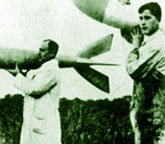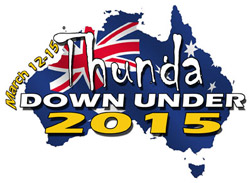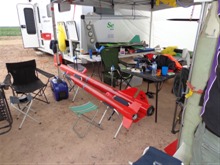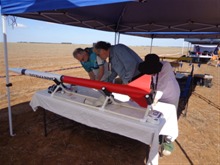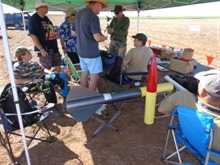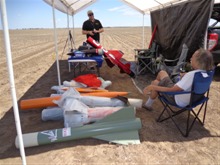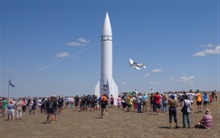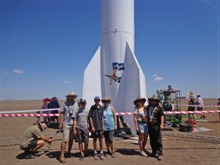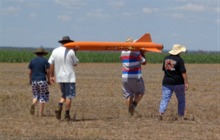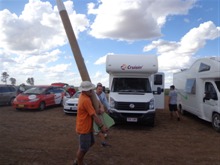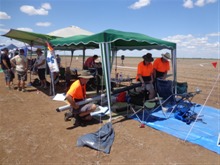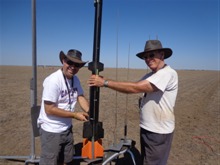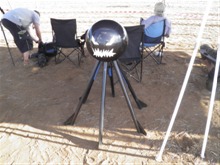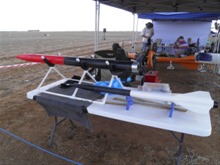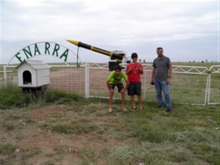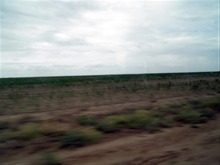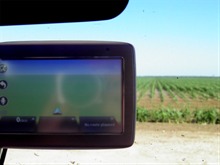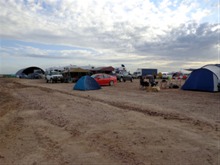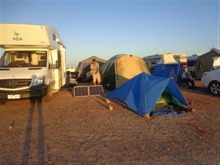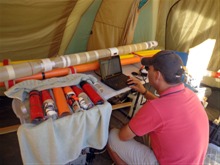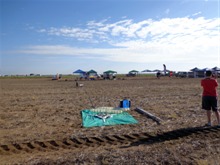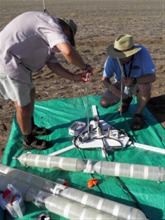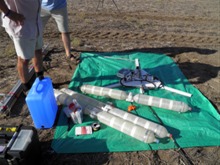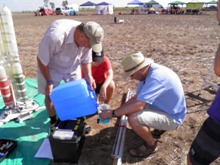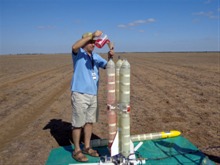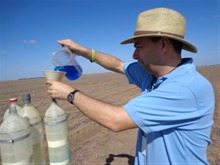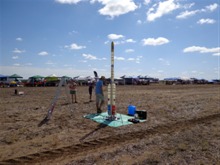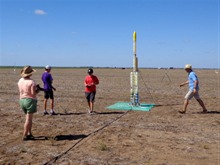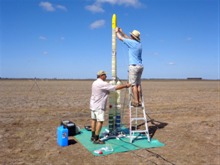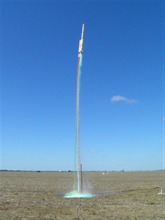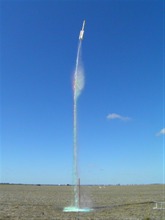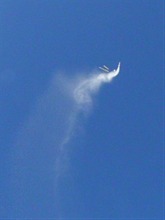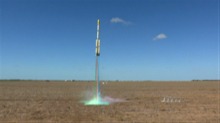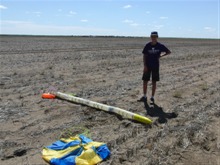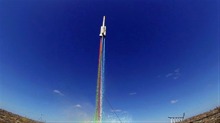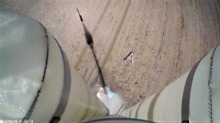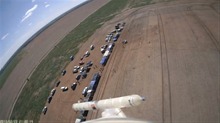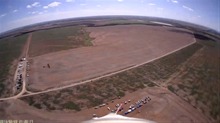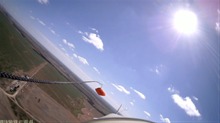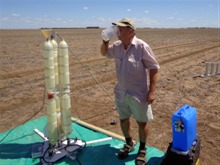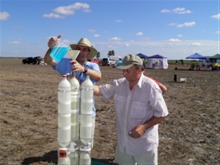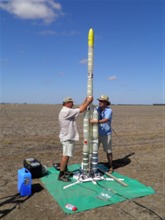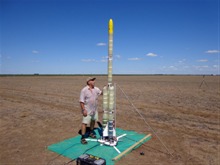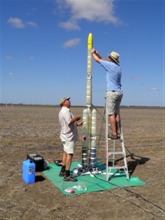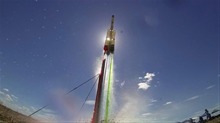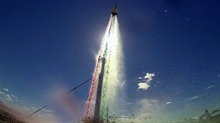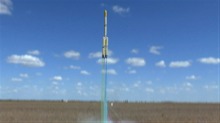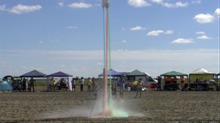 |
 |
|
|
last updated: 9th November 2024 - Day 236 - Launch Tubes #2 |
|
|
|
Splicing Bottles AS#5 |
|
#235 - Coming Soon |
|
#234 - Coming Soon |
|
#233 - Coming Soon |
|
#232 - Coming Soon |
|
#196 - Coming Soon |
|
#193 - Coming Soon |
|
#172 - Coming Soon |
|
|
| FLIGHT LOG | ||||||||||||||||||||||||||||||||||||||||||||||||||||||||||||||||||||||||||||||||||||||||||||||||||||||
|---|---|---|---|---|---|---|---|---|---|---|---|---|---|---|---|---|---|---|---|---|---|---|---|---|---|---|---|---|---|---|---|---|---|---|---|---|---|---|---|---|---|---|---|---|---|---|---|---|---|---|---|---|---|---|---|---|---|---|---|---|---|---|---|---|---|---|---|---|---|---|---|---|---|---|---|---|---|---|---|---|---|---|---|---|---|---|---|---|---|---|---|---|---|---|---|---|---|---|---|---|---|---|
|
||||||||||||||||||||||||||||||||||||||||||||||||||||||||||||||||||||||||||||||||||||||||||||||||||||||
| Day 157 - Thunda Down Under - Polaron G2 flights | ||||||||||||||||||||||||||||||||||||||||||||||||||||||||||||||||||||||||||||||||||||||||||||||||||||||
|
Date:
12th March 2015 Location: Westmar, QLD, Australia Conditions: Mostly clear skies, winds 15-25km, ~35C Team Members at Event: PK, GK, Paul K, John K and AK Thunda Down Under 2015
Congratulations go to everyone who certified to their next level of rocket obsession. I believe there were in the order of 15 certification flights from L1's to L3's. It was also great to meet a lot of the fliers, both old and new. It was also great to meet Jeremy, a fellow water rocketeer from Brisbane. For me personally there were many highlights including:
See this thread for photos and videos from the event. Here are just a few of behind the scenes photos. Although the event took place over 4 days, I will split up our flights at Thunda into two instalments - Day 157 and Day 158. Getting to ThundaThe Westmar launch site is about 900km (560 miles) from home, so because there were 5 of us travelling with all our gear we rented a motorhome. I was a little worried that we may be overloaded as we had to bring everything to the site. There is no power or water, and with Polaron G2 being quite thirsty (16L per launch) we had to bring extra water. We ended up bringing about 180L of water for the 5 days. We brought along a big tent so that we could unload the motorhome and store the equipment in it. We also brought tables and gazebo so that we could set up near the flight line where we would spend most of the day. We also brought a 120W Solar panel, and battery so we could charge laptops, cameras and iPods. All up we had about 750Kg (1650 lbs) of people, food and equipment to load. Westmar is literally in the middle of nowhere, with the last 15 minutes by dirt road. The site itself is flat as far as the eye can see and mostly devoid of any trees. With a ceiling clearance of up to 120,000 feet ( 36Km ) it just doesn't get any better than that for rocketry. Polaron G2 - Phase 2The Polaron G2 - Phase 2 rocket has been in development for a long time, and Thunda was the perfect opportunity to get it finally finished and launched on its inaugural flight. In this configuration the rocket is our most complicated yet. Between the launcher, boosters and main stage there are around 900 individual components. Setup was straight forward with no issues getting it assembled on the pad. We used the cluster launcher's extension legs for more stability, and we also put down a tarp first because in Mullaley we learned that putting the launcher directly on the ground causes a lot of mud to be created around the pad. This can then get into fittings. The tarp worked really well in keeping the mud to a minimum. Flight 1 We pressurised the rocket to 200psi, although we suspect it was lower than that because air was still flowing into the rocket even though the pressure gauge read 200psi. This is a large volume rocket and so it takes a lot of air. The LCO gave the countdown and we launched the rocket. The boosters and main stage all released the rocket simultaneously. The rocket pitched over a little due to the strong breeze, but soon after the boosters all dropped away, and the main stage corrected somewhat and powered down range. The uMAD triggered the backup parachute at apogee followed shortly after by the main. Due to the strong wind the rocket did a lot of horizontal rather than vertical flying and only reached an altitude of around 568' (173m), but landed around 300m down range. Part of the pitch over also may have been due to a stability issue with such a small nozzle in the main stage there would have been a lot of weight near the tail for longer. When we inspected the rocket post landing it had come apart in a couple of the 22mm tornado tubes. This would have been from the impact with the ground, however, there was no damage done to the spliced quads or the bottle necks. The fairing near where the main backup parachute was attached was buckled because the shock cord slid down the rocket during the parachute opening. We straightened it out and screwed the bottles back together. One of the couplings where the rocket came apart though kept skipping over the bottle thread so we replaced it. Otherwise the rocket was re-assembled for a second flight.
Flight 2 We set the rocket up again in the afternoon, but the breeze was quite strong and near the limit of what we would normally launch in. We figured with such a huge flat range and no trees, we could launch the rocket and even if it drifted a long way there would be no trouble recovering it. We pressurised it to 200psi again, but this time waited a lot longer to make sure the rocket pressure was really closer to 200psi. When launched, all the boosters and main stage were again released simultaneously, but you could feel this was a more powerful launch. The rocket flew well, but again the wind pitched it over, and the rocket powered a looong way down range towards the camp. Luckily Phil at the camp spotted it descending under parachute into the field and retrieved it for us. The rocket must have flown close to 450-500m down wind from the launch pad. The rocket and boosters were all recovered safely ready to fly again. In the excitement we forgot to turn on the on-board camera on the second flight but at least we got ground footage of it. The rocket only flew to about 520 feet because again it flew mostly horizontally. On review of the first on-board video we could see that at least one of the boosters clipped the fin on the main stage, but luckily did not do any damage. On flight 2 the reverse video angle showed a leak in the red booster nozzle. Something we didn't see from the flight line but could hear. The booster was fine on the first launch, so perhaps it was the higher pressure of the second launch that finally made it go. Despite the not quite vertical launches we were really happy with the flights, All the components worked as designed. We used the zLog mod 6 altimeter on these flights, but I have not been able to get a connection to the altimeter from the computer so I can't quite download the flight profile. The altitudes I only recorded from the display once the rocket landed. I have sent off the altimeter to Hexpert systems to see if they can download all the data off the unit. We will try this rocket again in calmer conditions to see how it goes.
Highlights VideoHere is a highlights video of the full size Polaron G2 flights:
Lessons Learned
Other Flights We also flew a number of the boy's model rockets. I had replaced the plastic parachutes in these with small ripstop nylon ones as we always had issues with the plastic ones sticking. The ripstop chutes worked well and opened cleanly. With the higher wind conditions the rockets drifted further. Paul's "Flygon" (Aspire) flew well on a D12-7 and drifted over 500m into the field. 15 minutes later we found it. Next week we will post the second instalment from this trip with more photos and videos. ... stay tuned. Flight Details
|
